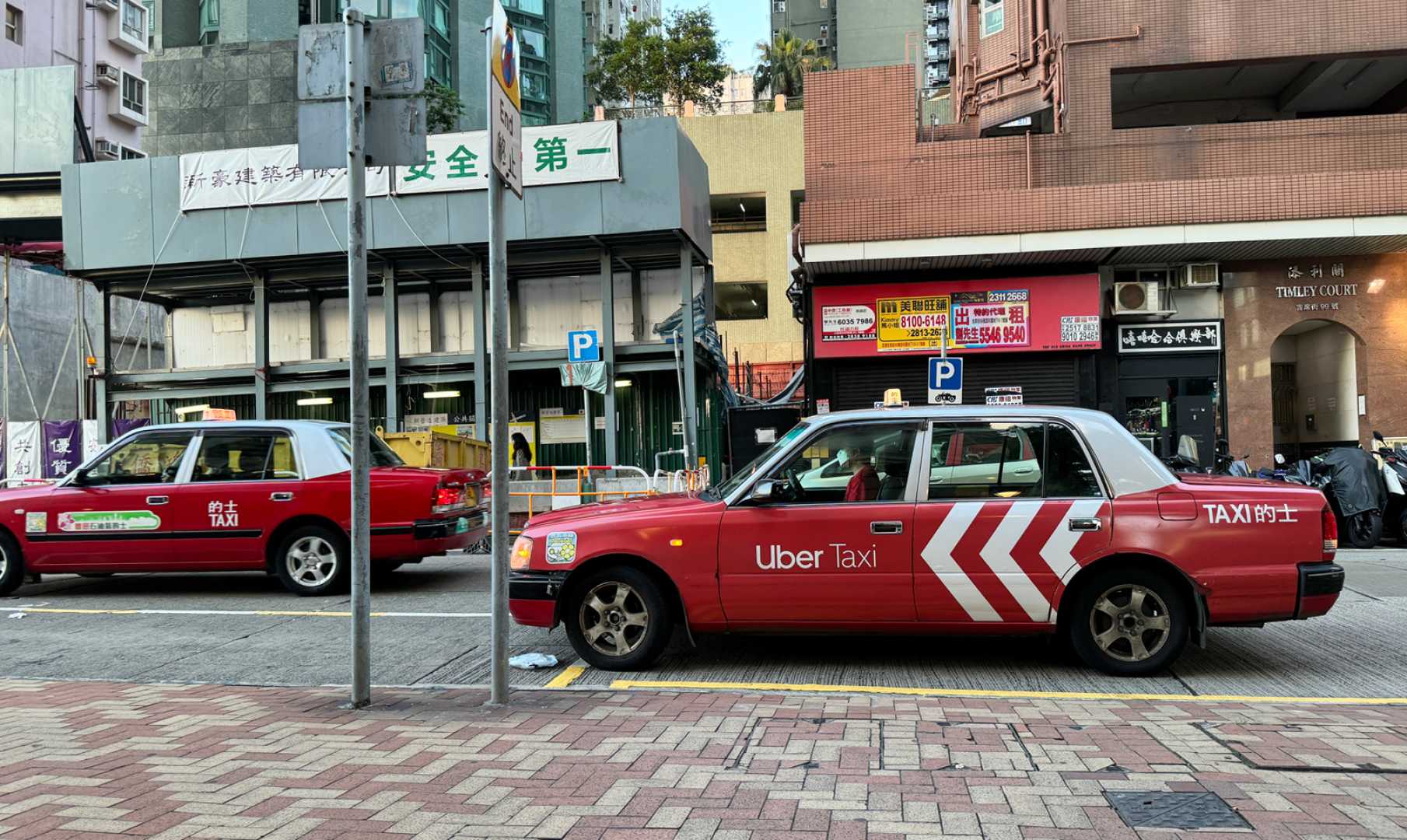Business
Hong Kong Moves to Legalize Ride-Hailing Amid Taxi Industry Discontent

HONG KONG — After years of operating in a gray market, ride-hailing firms in Hong Kong may soon see legal recognition and regulatory oversight. Secretary for Transport and Logistics Mable Chan is leading efforts to legalize the industry and create a framework for oversight, aiming to present it to lawmakers later this year.
The proposed regulations aim to cover safety and security measures for users while ensuring fair competition between traditional taxis and ride-hailing platforms. Experts suggest that the legislation will not restrict the number of operators, based on trends observed in other regions.
“It is essential that we establish clear regulations that not only protect consumers but also maintain a level playing field,” said transport policy analyst Linda Lau. “Both taxi drivers and ride-hailing services should be able to coexist without one suffering at the expense of the other.”
Despite the potential for reform, the taxi sector has shown strong resistance to ride-hailing platforms. This week, a prominent taxi union threatened a five-day strike next month, demanding action from authorities against app-based services. The union’s leader, Thomas Chan, stated, “If our voices are not heard, we will take action to protect our rights and livelihoods.”
Ride-hailing services have been in Hong Kong since Uber‘s arrival in 2014, which was met with immediate popularity. Riders, upset over poor taxi services, characterized by rude drivers and deteriorating vehicle conditions, welcomed the alternative.
Since then, ride-hailing options have expanded to include three additional platforms: Singapore’s Tada, Amap from the Chinese tech giant Alibaba, and Didi Chuxing from Beijing. Amap, which operates under the auspices of Alibaba Group Holding, has garnered attention for its robust user interface and integration with local services.
Industry veterans acknowledge the challenges ahead. “Legalization is a step in the right direction; however, there is still a long road ahead in balancing interests between drivers and regulatory expectations,” commented former transportation consultant Alan Wong.
The urgency for reform in the ride-hailing sector is exacerbated by rising concerns around passenger safety and operational transparency. Supporters of the new regulations argue that by asking both ride-hailing and traditional taxi services to comply with the same standards, the government can help bolster consumer confidence and improve overall transit options in the city.
As discussions unfold in the legislative assembly, stakeholders from both sides of the argument are preparing for the potential changes to come.












